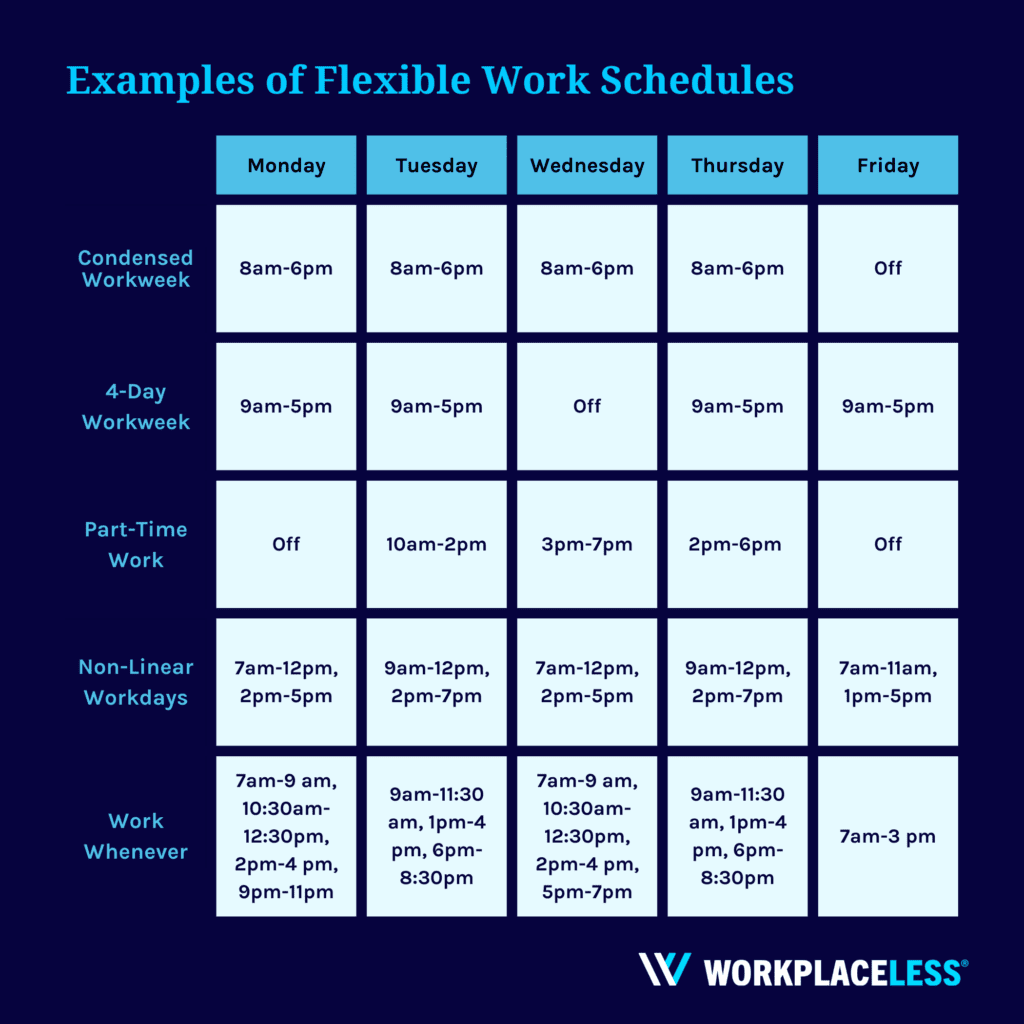In today's active world, the approach we work is evolving at a great unprecedented rate. Classic work models that once defined the particular workplace are thus the agile and flexible working arrangements of which prioritize adaptability in addition to responsiveness. Embracing change is now essential, not really just for agencies seeking to keep competitive, but furthermore for employees attempting for better work-life balance and work satisfaction. This move is reshaping the partnership between employers and the teams, creating some sort of dynamic environment in which innovation and venture thrive.
Agile working isn't simply a trend; it's a transformative deal with that encourages constant learning and development while fostering the culture of cooperation. Flexibility allows employees to tailor their particular lifestyles and surroundings to fulfill their person needs, enhancing productivity and wellbeing. Found in this article, we will explore the particular crucial aspects of agile and versatile working, like the advantages for both personnel and employers, strategies for implementing effective policies, and the role of technological innovation in shaping the future of work. Whether you are usually a leader browsing through these changes or perhaps an employee searching to adapt, being familiar with the art involving agile and flexible working is major to thriving on the modern staff.
Comprehending Agile and Flexible Working
Agile and flexible operating are transformative methods that cater to the particular evolving demands of the modern workforce. Agile working is usually associated with adaptability, emphasizing responsiveness to be able to change through iterative processes and cooperation. It enables teams to work in a manner that prioritizes outcomes over rigid structures, ultimately causing increased efficiency plus innovation. Flexible functioning, on the other hand, encompasses numerous arrangements that permit employees to improve their work hrs and locations, fostering a better work-life balance and enhancing overall job satisfaction.
The 2 concepts, while interconnected, serve distinct uses within organizations. Snello working is targeted on task management and crew dynamics, enabling companies to pivot and adjust strategies rapidly in response to be able to market fluctuations in addition to challenges. Flexible Working Malmesbury , allowing intended for tailored solutions of which accommodate different life-style and responsibilities. With each other, they create an even more resilient work environment of which can meet the diverse needs associated with both employees plus employers.
As businesses endeavor to foster some sort of culture of speed and flexibility, knowing their foundational concepts becomes crucial. Frontrunners must recognize the importance of supportive technology, obvious communication, and solid leadership to travel these initiatives successfully. By embracing each agile and adaptable working models, organizations can enhance collaboration, boost productivity, in addition to attract top skill, ultimately positioning them selves for long-term success in an constantly changing landscape.
Benefits and Challenges of Flexible Work
Flexible working offers a myriad of benefits that focus on both employees plus employers. For employees, a chance to choose their work hours and locations leads in order to improved work-life sense of balance and increased job satisfaction. This autonomy enables them to manage personal responsibilities alongside professional commitments, cutting down stress and boosting overall wellbeing. Business employers also reap rewards from flexible function arrangements, including increased employee retention costs and access to a broader skill pool, as geographic limitations become fewer relevant.
However, the change to flexible working is not without its challenges. Conversation can become even more complex when groups are dispersed, probably leading to feelings of isolation among remote workers. This may hinder collaboration that a disconnect within the team if not managed effectively. Furthermore, maintaining a sharp workflow and answerability may require more structured management plus oversight to make sure that productivity degrees remain consistent.
To understand these challenges, businesses must buy the appropriate tools and systems that support unlined communication and collaboration. Building a culture that fosters believe in and encourages normal check-ins can help engagement among associates, regardless of their very own physical location. Simply by addressing these hurdles proactively, companies can create a booming flexible work atmosphere that maximizes the particular benefits while excuse potential downsides.

Implementing Productive Agile Work Habits
To be able to successfully implement acuto work practices, agencies must first engender a culture involving trust and empowerment. Employees should feel encouraged to consider ownership of their projects and collaborate honestly with team associates. This involves breaking down traditional hierarchies plus enabling cross-functional clubs to self-manage. Simply by promoting autonomy, agencies can boost morale and increase proposal, paving the way with regard to a more receptive and dynamic work place.
Following, it's crucial to be able to adopt agile techniques that cater to be able to the specific needs of the firm as well as its teams. This can involve applying frameworks like Scrum or Kanban, which usually help streamline workflows and enhance output. Regular feedback spiral, such as short reviews and retrospectives, must be established in order to ensure continuous development. These practices let teams to adjust quickly to transforming demands, the functioning process more flexible plus effective.
Lastly, investing in the particular right technology is essential to support agile work practices. Resources that facilitate conversation, project management, and collaboration are important for remote clubs and agile environments. This includes systems for real-time improvements, document sharing, and virtual meetings. By simply leveraging technology, organizations can remove barriers to effective conversation and ensure that will all associates are in-line and informed, eventually leading to increased efficiency and innovation inside their work operations.
